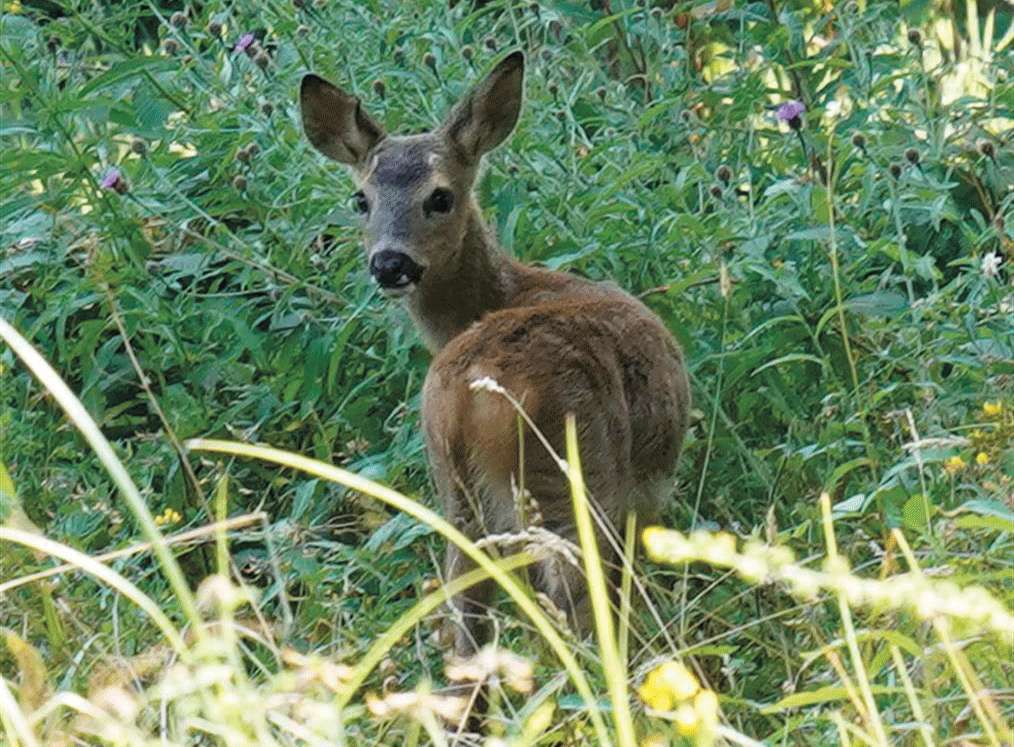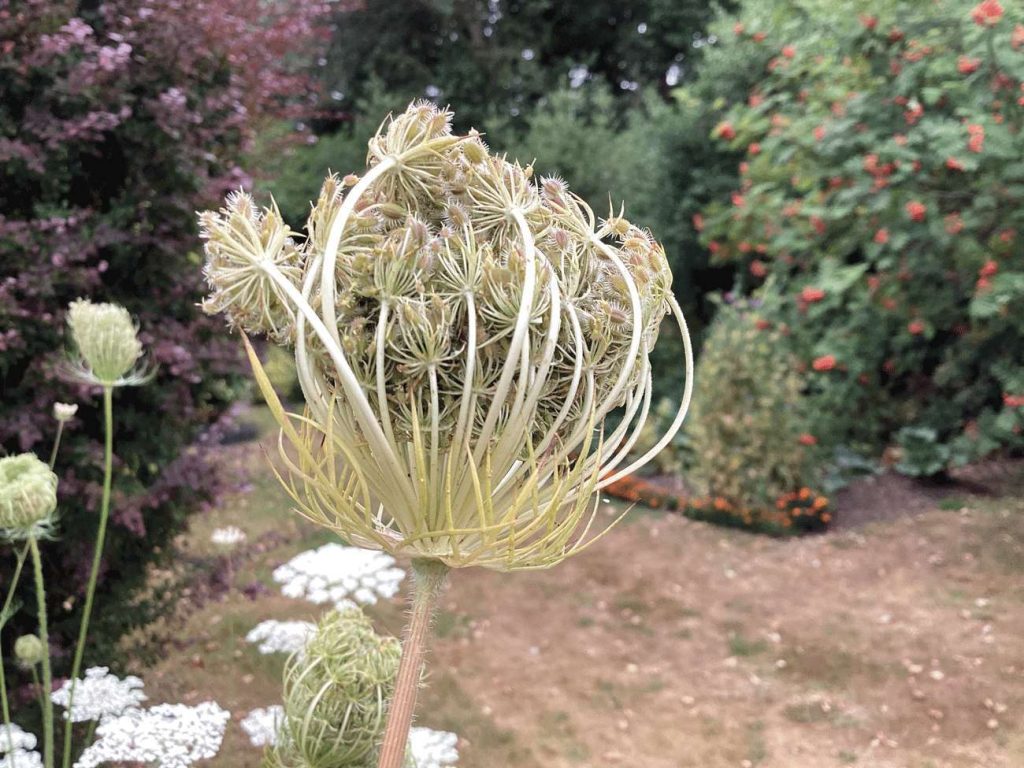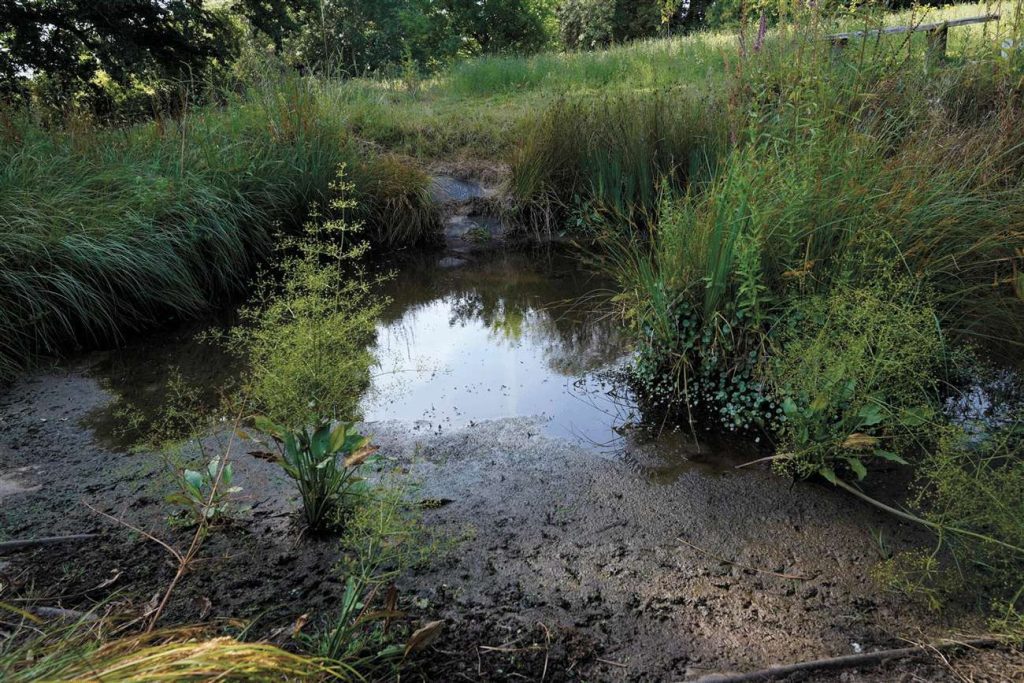
By Miki Marks
Some talk of Alexander, and some of Hercules, of Hector and Lysander etc – these figures are not heroes to me. One of my heroes died in July at the age of 103. Professor James Lovelock, (inset) scientist and original thinker, whose invention in 1957 of a device called the electron capture detector is claimed to have virtually launched the environmental movement, by detecting the threat to the ozone layer. He spent several years using his device to investigate the chemistry of the Earth’s atmosphere and this led him to the conclusion that on Earth, living things were constantly absorbing and releasing gases creating an atmosphere of highly reactive chemical combinations. His hypothesis suggested that Earth and all living things on it are inextricably bound together, interacting in self- regulating ways to sustain life. Life itself, he felt, was controlling its environment for its own good. Lovelock’s friend, the novelist William Golding coined the name Gaia for this hypothesis, after the Greek Earth goddess.

1919 – 2022
Lovelock’s theory was welcomed by many including churchmen and environmentalists. He also faced hostility from a number of scientists who saw this more as a New Age religion, rather than empirically based science. But, gradually Lovelock’s ideas began to find support, particularly among climatologists as the theory seemed to be borne out by physical evidence of the interaction between biology, geology and atmospherics.
Lovelock warned that man-made changes to the atmosphere caused by the burning of fossil fuels and the destruction of rain forests might be occurring too fast for the Gaia process to maintain a constant equilibrium. Despite his dire warnings, he never completely gave up hope that mankind would find a way of living in a less destructive way.
At the beginning of August came the news that the Barrier Reef appears to have made a dramatic recovery after years of decline due to warming waters. So far, scientists have no explanation for this. Gaia?
Nature programmes are all well and fine, especially if the background music doesn’t dominate – but nothing brings us closer to Nature than having ‘a patch’ which we watch carefully throughout the seasons. Friends of mine have a wild patch in their garden and they have watched as the flowers which dominated last year have almost disappeared and in their place there is what can only be called an explosion of the beautiful wild carrot – daucus carota. This is an ancient ancestor of the edible carrot.

The plant belongs to the umbellifer family – characterised by ‘heads’ formed of a cluster of many little flowers. The wild carrot is most distinctive when it begins to fruit; the heads folding in on themselves into a tight ‘birds’ nest’ like structure – which, apparently close tighter when it begins to rain. This had not been the best year to observe that mechanism! The fruit heads also have spurs, designed to attach themselves to the fur of passing animals to help seed dispersal. Only by close observation of the large flowerheads one sees that the centre flower is a reddish-purple. This flower was carefully picked and used in past times for a variety of remedies. A concoction was made to prevent ‘falling down sickness’ i.e. epilepsy. Later it was also recommended for a variety of other ailments including kidney stones, dropsy and infertility. Before we scoff, it is not unknown for Big Pharma to develop some remedy for one disease, and then find it unaccountably works for something else. Traditional herbal lore and practice was built on trial and error, a risky procedure and how many found the ‘cure’ deadly?

Beryl Harvey Conservation Fields are our local ‘patch’ where all can get closer to Nature, watch seasonal changes and be surprised by glimpses of creatures who frequent the site. The photo of the deer was taken last month by Mark Matthews on an early morning visit. The pond has been repaired and at the time of writing, we are still waiting for the rain to fill it to see if the repairs hold. If this present weather pattern is something we have to get used to, ponds are more important than ever for a very large variety of wildlife.











